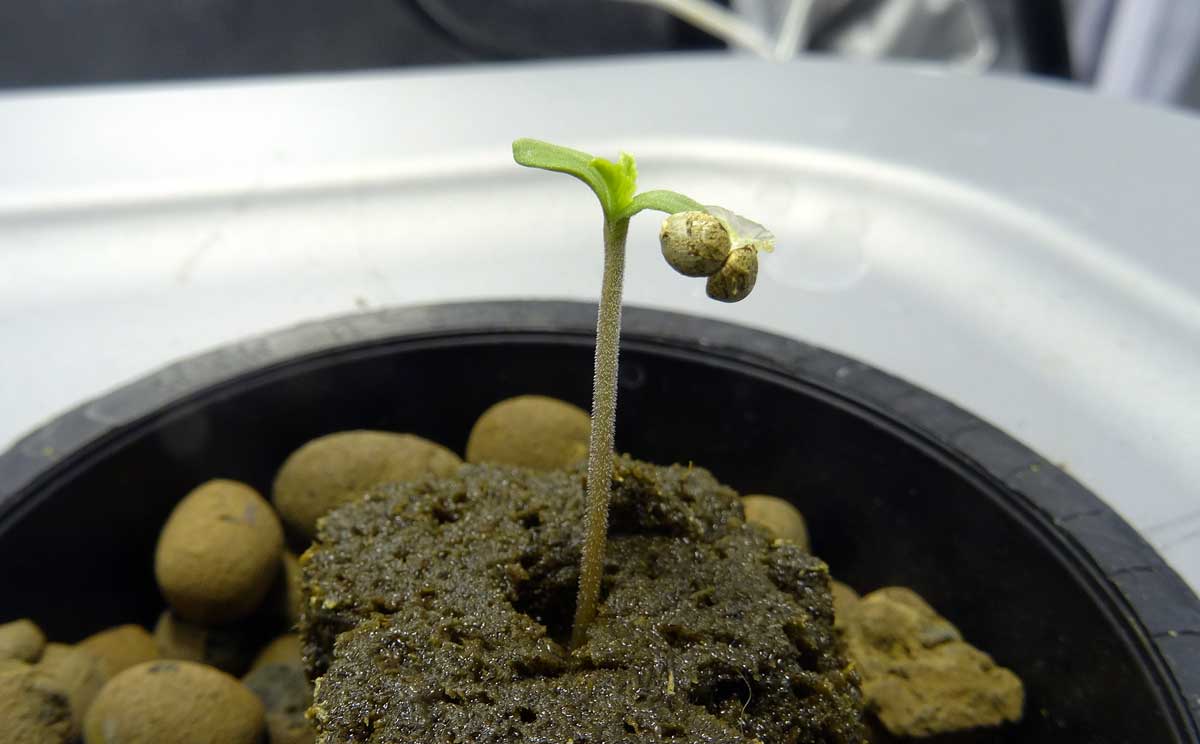Seed predation is usually divided into two distinctive temporal classes, pre-dispersal and put up-dispersal predation, which affect the fitness of the parental plant and the dispersed offspring (the seed), respectively. Mitigating pre- and publish-dispersal predation may contain different strategies. To counter seed predation, plants have developed both physical defenses (e.g. shape and toughness of the seed coat) and chemical defenses (secondary compounds similar to tannins and alkaloids). However, as plants have developed seed defenses, seed predators have adapted to plant defenses (e.g., capability to detoxify chemical compounds). Thus, many interesting examples of coevolution arise from this dynamic relationship. Plant seeds are important sources of nutrition for animals throughout most ecosystems. Seeds contain meals storage organs (e.g., endosperm) that provide nutrients to the creating plant embryo (cotyledon). This makes seeds a beautiful food supply for animals as a result of they’re a highly concentrated and localized nutrient supply in relation to other plant elements.
Seeds of many plants have advanced quite a lot of defenses to deter predation. Seeds are often contained inside protective structures or fruit pulp that encapsulate seeds until they are ripe. Other bodily defenses embody spines, hairs, fibrous seed coats and hard endosperm. Seeds, particularly in arid areas, may have a mucilaginous seed coat that can glue soil to seed hiding it from granivores. Some seeds have developed robust anti-herbivore chemical compounds. In contrast to bodily defenses, chemical seed defenses deter consumption using chemicals which are toxic or distasteful to granivores or that inhibit the digestibility of the seed. These chemicals embrace toxic non-protein amino acids, cyanogenic glycosides, protease and amylase inhibitors, and phytohemaglutinins. Plants may face commerce-offs between allocation towards defenses and the size and variety of seeds produced. Plants may scale back the severity of seed predation by making seeds spatially or temporally scarce to granivores. Seed dispersal away from the parent plant is hypothesized to reduce the severity of seed predation.
 Seed masting is an instance of how plant populations are able to temporally regulate the severity of seed predation. Masting refers to a concerted abundance of seed production adopted by a interval of paucity. This technique has the potential to regulate the size of the inhabitants of seed predators. Adaptations to defend seeds against predation can influence seeds’ ability to germinate and disperse. Thus anti-predator adaptations typically occur in a collection of adaptations for a particular seed life history. Chili seeds in turn have increased survival in the event that they move by means of a bird’s stomach than if they fall to the ground. Seed predation can happen each earlier than and after seed dispersal. Pre-dispersal seed predation takes place when seeds are faraway from the mother or father plant before dispersal, and it has been most frequently reported in invertebrates, birds, and in granivorous rodents that clip fruits straight from trees and herbaceous plants. Post-dispersal seed predation arises as soon as seeds have been released from the dad or mum plant.
Seed masting is an instance of how plant populations are able to temporally regulate the severity of seed predation. Masting refers to a concerted abundance of seed production adopted by a interval of paucity. This technique has the potential to regulate the size of the inhabitants of seed predators. Adaptations to defend seeds against predation can influence seeds’ ability to germinate and disperse. Thus anti-predator adaptations typically occur in a collection of adaptations for a particular seed life history. Chili seeds in turn have increased survival in the event that they move by means of a bird’s stomach than if they fall to the ground. Seed predation can happen each earlier than and after seed dispersal. Pre-dispersal seed predation takes place when seeds are faraway from the mother or father plant before dispersal, and it has been most frequently reported in invertebrates, birds, and in granivorous rodents that clip fruits straight from trees and herbaceous plants. Post-dispersal seed predation arises as soon as seeds have been released from the dad or mum plant.
